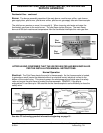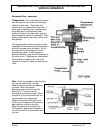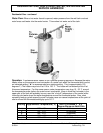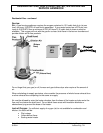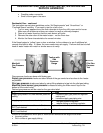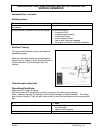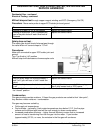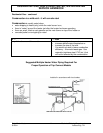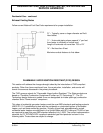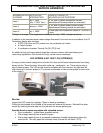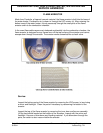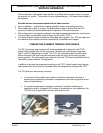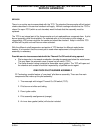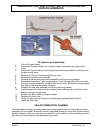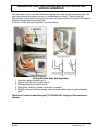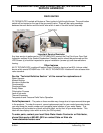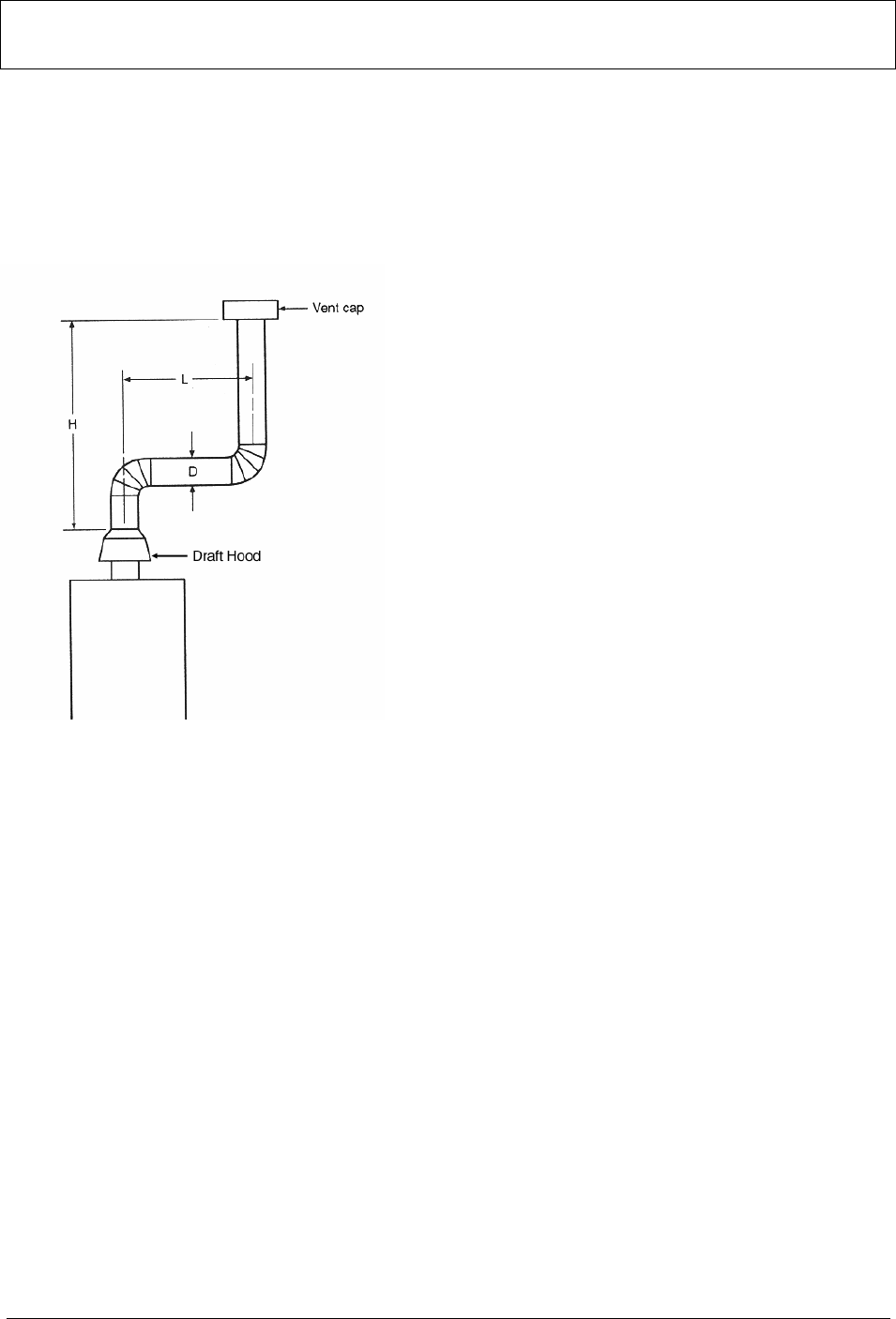
RESIDENTIAL GAS, NON POWER VENTED, WATER HEATER
SERVICE HANDBOOK
State Water Heater Technical Training Department
© 2004 Ashland city, TN
15
Residential Gas – continued
Exhaust Venting Notes
Follow current National Fuel Gas Code requirements for proper installation.
“D” – Typically, same or larger diameter as Draft
Hood outlet
“L” – Horizontal piping slopes upward ¼” per foot
from heater to chimney or vertical vent
Length of horizontal not more than 75% of “H”
“H” – Not less than 5 feet
Maximize vertical distance to first elbow
FLAMMABLE VAPOR IGNITION RESISTANT (FVIR) DESIGN
This section will address the changes brought about by the introduction of FVIR compliant
products. Other than items mentioned here, the construction, installation, and service will
remain the same as discussed in the primary handbook.
The FVIR acronym stands for "Flammable Vapor Ignition Resistant." The State products are
based on "Corderite Combustion Containment" known as “C3 Technology™” . The C3
Technology design features a sealed (from non designated air intake openings) combustion
chamber and a "flame arrestor" component.
This class of residential gas water heaters meet the new ANSI standards and testing protocols
(ANSI Z21.10.1) established to deal with the accidental or unintended ignition of flammable
vapors, such as those emitted by gasoline. Virtually all gas-fired, atmospherically vented,
residential water heaters manufactured in the United States with BTU ratings of 75,000 or less
are required to meet this new ANSI standard effective July 1,2003. The current implementation
schedule for C3 TECHNOLOGY compliant residential gas-fired products is shown in the
following table. These dates are subject to change.



